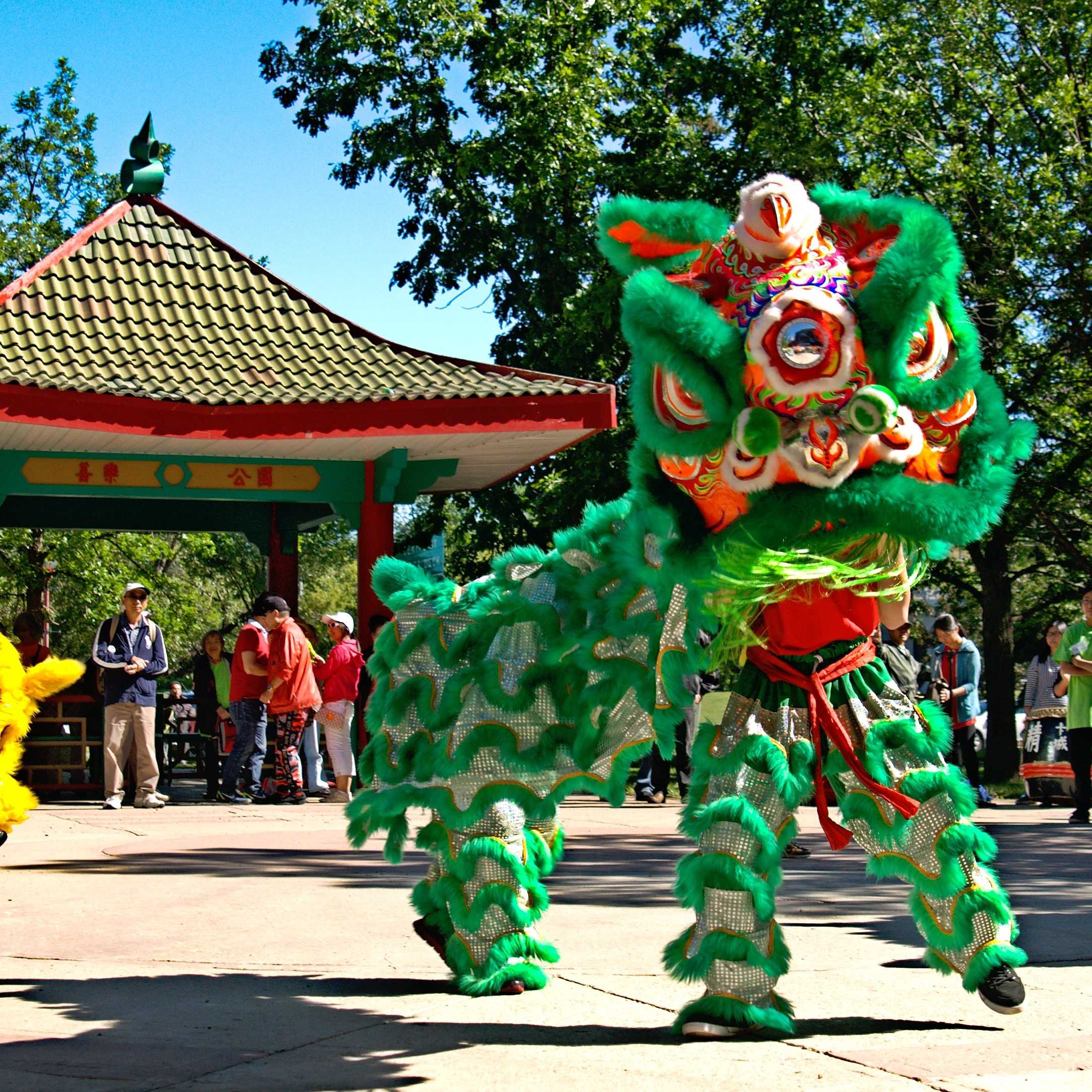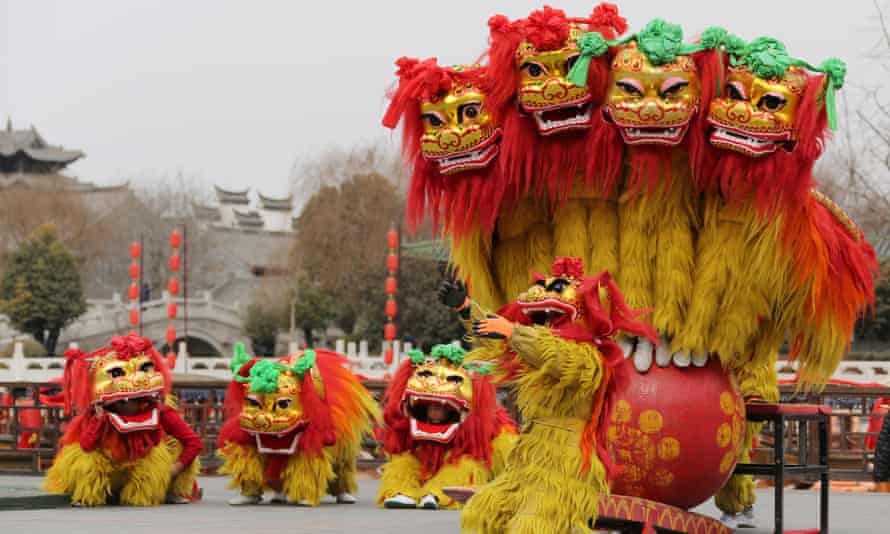By Sophia Pu | Staff Writer

Goldenjade Photography
For many East Asian countries, Lunar New Year is a time when the streets fill with colors, music, and dancing. People perform the dragon dance, ribbon dance, fan dance, and other traditional folk dances to celebrate, but the most iconic performance is the lion dance.
At any large Lunar New Year gathering, there is always a lion dance troupe dressed in matching t-shirts and baggy pants. Two people operate a single lion costume, and another handful keeps a rhythm with cymbals and drums. In a lion, one person crouches down and moves as the rear of the lion, while the other stands up to operate the head of the lion. Together, they move as one, shimmying their way through the crowd, receiving red envelopes, and jumping up and down.
The lion costume most people are familiar with is the Chinese southern lion. The head of the southern lion has large, ringed eyes, a shiny horn, colorful pom-poms, and flat teeth. In the performances, there is hopping, kicking, and rearing up, to capture the movements of real lions. Southern lions often appear in pairs of red and gold, which are auspicious colors, but there are also black, white, and green lions.
The northern lion dance is frequently described as more lifelike, with acrobatic stunts like jumping on platforms, walking on a ball, and rolling on the ground. Northern lion heads are painted gold, with no pom-poms or blinking eyes. Their bodies are covered in layers of long, shaggy, red and gold hair, and they have bows on their heads. Red bows signify a male lion while green bows signify a female lion.

The Guardian
Lions have long been a symbol of majesty in Buddhism, which was introduced to China during the Han dynasty. However, lion dancing is believed to have originated during the Tang dynasty, during a boom in international trade.
It is theorized that Persia introduced lions to the Chinese, as lions are not native to China. One myth stated that a Tang emperor dreamt about an animal that saved his life, and when he asked his ministers what the animal was, they said it was a lion. The emperor then commissioned several sculptures of the creature, which became a popular symbol of power and luck.
The lion dance stems from the myth of the monster Nian, which is said to have come down from its hiding place every new year to terrorize villagers. One version states that a lion saved the villagers one year, but did not return, so the villagers made a lion costume to scare Nian away. Nian loathed the color red or loud noises, so villagers wore red attire, decorated the lion costume in red, played cymbals and drums, and set off firecrackers to scare Nian away. From then on, lion dances have been performed to bring prosperity, good fortune, and scare away evil.
Due to the spread of Buddhism and trade with China, other East Asian countries also developed versions of the lion dance. Vietnam, Japan, and Indonesia incorporate their own gods, beasts, and folklore into their lion dances. In Himalayan regions, snow lion dances are performed during celebrations, while in Korea, lion dances are performed as an exorcism ritual. Furthermore, Fujian, a province in China, has a green lion that was created in defiance of the Qing dynasty rule.
From Chinese southern lions to Fujian’s green lion, the colors, movements, and music of the lion dance makes for an exciting welcome to the new year. It is a captivating way to keep history and legends alive, serving as a bond between ancient traditions and new generations.
